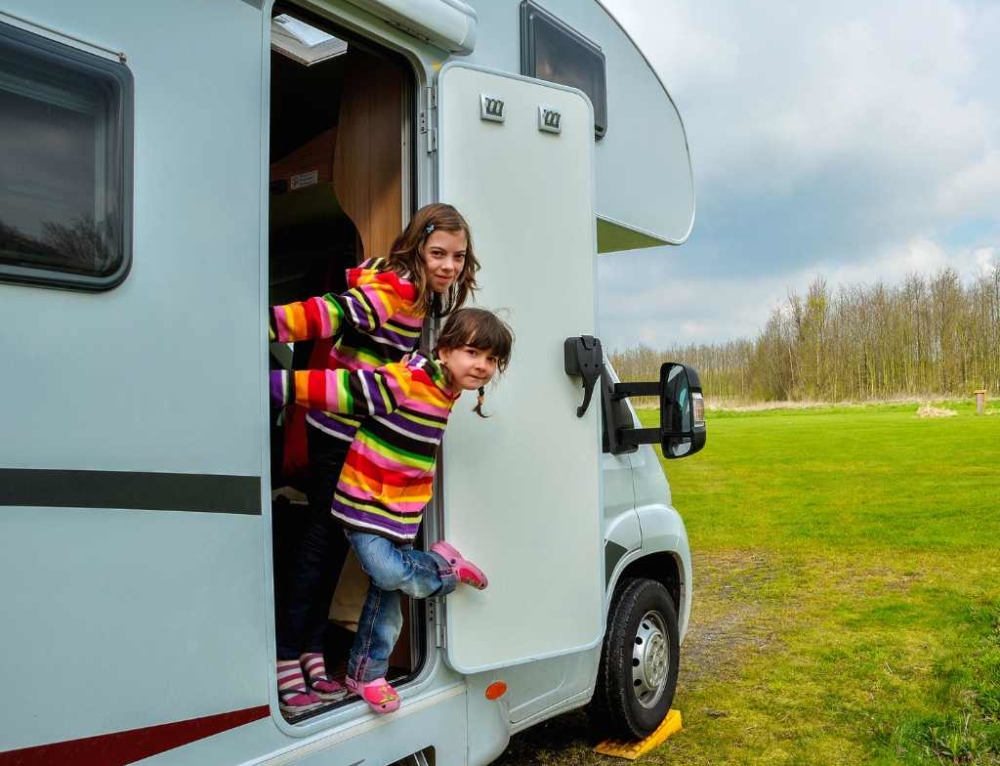This is the first procedure a first aider does before treating a casualty.
DRABC stands for the following:
D check for Danger
- To you
- To others
- To casualty
In every emergency situation, it is important to see if there are any conditions that may be an immediate threat to life. It is most important to make sure the area is safe for both the casualty and yourself. You are no help to the casualty if you become a casualty yourself. Once you have made sure the area is safe, you can go ahead with assessing the casualty.
R check Response
- Is the casualty conscious?
- Is the casualty unconscious?
No response indicates that the casualty is unconscious and it is important to get help as quickly as possible as this is a life-threatening condition.
If the casualty is CONSCIOUS:
- Ask the casualty’s name
- Gently shake the casualty’s shoulder
OR
- Ask the casualty to squeeze your hands (both sides should be tried if a stroke is suspected)
If a response indicates that the casualty is conscious and can be left in the position in which you found them (provided there is no further danger). Then follow the steps below.
- Manage any life-threatening injuries that need immediate attention
- Manage other injuries (if left unattended, these may become life-threatening)
- Get help if injuries require it
- Calm the casualty
If the casualty is UNCONSCIOUS
- Shout for help or send someone for help
- Consider going to get help yourself if you are alone, but only if the casualty is in the recovery position and the airway is clear.
A check for Airway
- Is airway clear of objects?
- Is airway open?
It is essential to the casualty’s chance of survival to ensure that the airway is clear so that breathing is possible. Turn the casualty onto side, into the recovery position, ensure the neck is well supported if a neck or spine injury is suspected.
To clean the airways follow these steps:
- Open the mouth and clean any foreign objects with your fingers. Only remove dentures if they are loose or broken
- Tilt the head back gently and slightly down
Obstruction of the airway may be caused by:
- The tongue
- Solid or semi-solid material such as food, vomit, blood or a foreign body
- Laryngeal spasm
- Swelling or injury of the airway
If the casualty has an open airway:
- Place your hand high on the casualty’s forehead
- Support the chin with your other hand
- Gently tilt the head backwards, to bring tongue away from back of throat
- Lift the jaw forward and open the casualty mouth slightly
With an unconscious casualty, ensuring the airway is open takes precedence over any other injury. However, it is important to handle the casualty gently with minimum of movement.
B check for Breathing
- Is chest rising and falling?
- Can you hear breathing?
- Can you feel breath on your cheek?
If the casualty is breathing follow these steps:
- Leave the casualty in the recovery position
- Check regularly for continued breathing
If the casualty is NOT breathing:
- Send for help – use a bystander
- Turn the casualty onto back
- Start Expired Air Resuscitation (EAR)
C check for Circulation
- Can you feel a pulse?
- Can you see any obvious signs of life?
To assess for signs of circulation follow these steps:
- Check if carotid (neck) pulse is present
- Look for any movement, including swallowing or breathing
- Observe colour of skin on face
Take no more than 10 seconds to do this.
How to check for a pulse
To feel for pulse:
- Use the pads of your fingers (NOT the thumb or fingertips)
- To find carotid pulse place your fingers in the groove on either side of the windpipe (neck), but not on both sides at the same time
OR
The radial pulse can be felt at the wrist
If there are signs of circulation:
- Continue Expired Air Resuscitation (EAR) at 1 breath every 4 seconds (15 breaths per minute)
- Recheck for signs of circulation about every minute
- If casualty starts to breathe sufficiently on own, turn onto side into the recovery position
- Check the casualty’s condition and be ready to turn onto back and restart EAR if breathing stops
No signs of circulation (or you are unsure): Start CPR (cardiopulmonary resuscitation).







Leave A Comment
You must be logged in to post a comment.